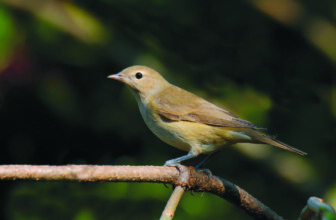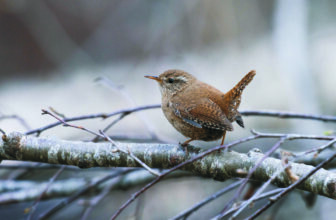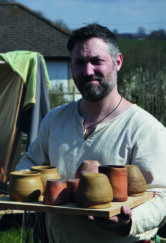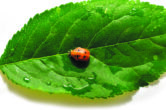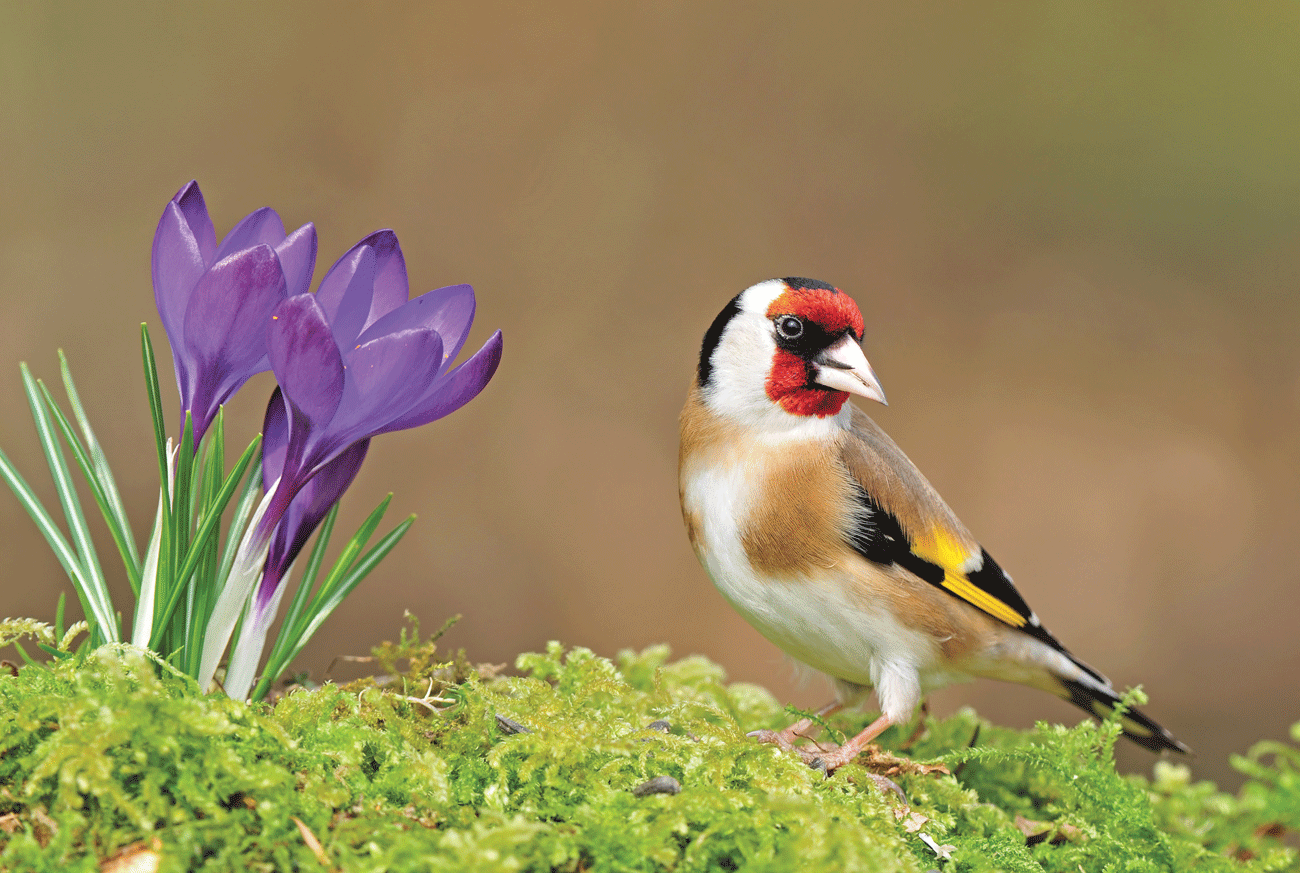
(Main Photo – European Goldfinch (Carduelis carduelis))
Lots of people ask me ‘What birds are you seeing at the moment?’ and I’m usually happy to oblige with a reasonably healthy round-up of what I’ve bumped into since we last met.
This year though, or this winter to be exact, it has been dire for many species I’d expect to see.
Some are present in the Cranleigh area and the local Surrey Hills in very low numbers. Others have not been present at all.
The second common thing I hear from many locals who have a general interest in birds is: ‘Where’s all the birds these days?’
I’ve often replied that they are around if you look for them or encourage them into your gardens by feeding them. But in the last few months I’ve been asking a similar question.
And it is this: ‘What’s pinched our finches?’
Goldfinches are an exception and are doing well with charms of 20 or more often bounding around. But as I sit here writing in March the only other finch I’ve seen all year on my garden feeders has been one female Greenfinch.
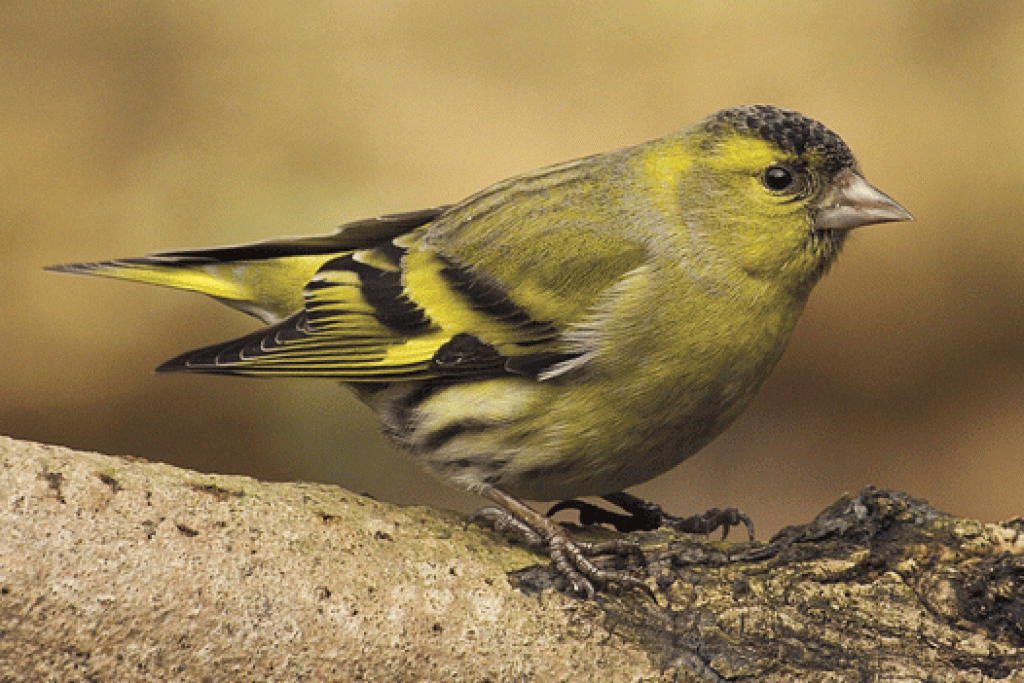
©Slawek Staszczuk – photoss@hotmail.co.uk
Their numbers, and those of the Chaffinch, have been down for years due to the protozoal parasite Trichomonas gallinae first identified as a worry for our perching birds in 2005.
I think Greenfinches and Chaffinches have bounced back a bit and fortunately both can still be seen and heard around here, although we don’t see the wheezing and chattering flocks we used to.
With less competition, the usual House Sparrows have been cashing in at my feeders, while Robins, Dunnocks and a wintering Blackcap enjoy the handouts too.
But there has not been a sniff of those other finches that might be expected by now. No Bullfinch. No Siskins. No Redpolls. And no Brambling – a Scandinavian visitor that only rarely turns up in the garden.
It has been the same all over the local area. No Crossbills, no Redpolls, and only a handful of Siskins heard in various visits I’ve made to The Hurtwood which usually hosts a decent selection. And no Hawfinch – that’s the rarest of the lot so no surprise there.
So what is happening? I put out the following message on Twitter: ‘I’m wondering what’s going on in @TheSurreyHills as so many winter species are either hiding or widely missing this winter -eg Redpoll, Brambling, Crossbill and Siskin. Anyone else noticed similar in the south of England?’
It would have been nice if lots of people had come back to me saying they had all these birds in their vicinity so I was surely losing my touch. What happened though revealed the disaster around us.
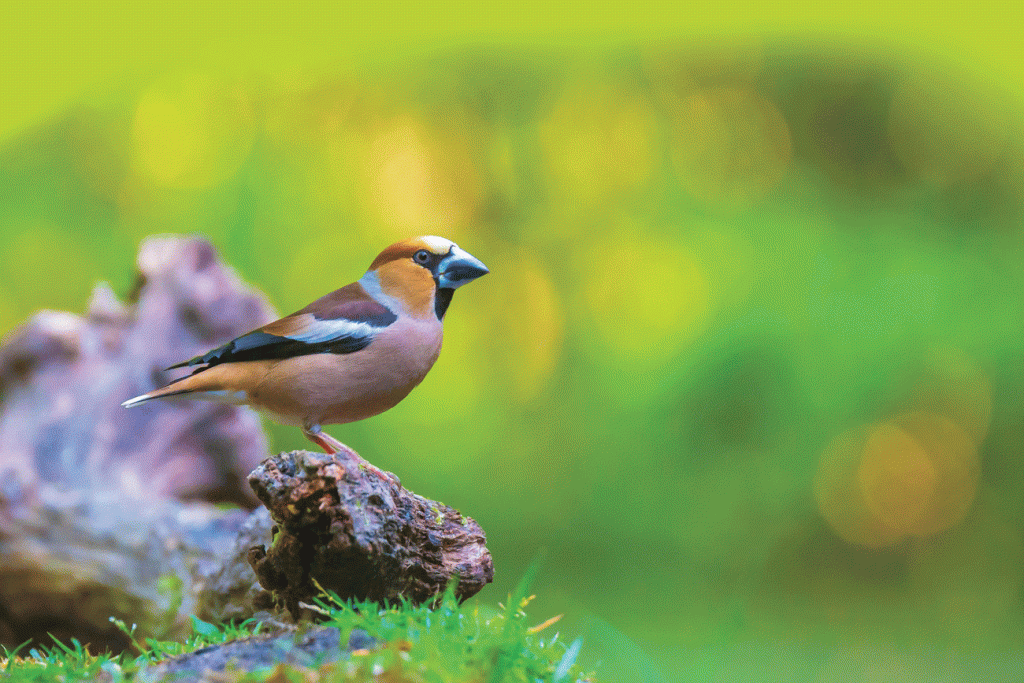
The message was viewed by 5,342 birders, many of them highly experienced and including a good few who work outside for a living, and not one contradicted my observations. See what some replied below:
“. . . if only more farmland was managed as sensitively for wildlife as some parts of the South Downs.“
“Agreed, very quiet. I’ve not had a Greenfinch yet this year either“
“Yeah, not seen many in my usual places this year either, especially Siskin and Brambling. Some places where I could sometimes see triple figures of each species have only had a few individuals.“
@SurreyBirdClubNews responded: “Yep those four species well down this winter in the south, Siskin especially conspicuous by their absence.“
“Yes, dead here. Couple of Redpoll and a dozen Siskin at Capel yesterday – my best count of the year so far.“
“Two Siskin in the garden once this year, two Chaffinch yesterday (first this year).“
“Any finch other than Goldfinch is notable!“
“First winter I haven’t seen Crossbill or Hawfinch locally, just one Redpoll noted so far.“
“Several people have said this. Albury only short walk but so devoid of small birds. So strange.“
“Pretty much the same around my patch (Tunbridge Wells). Siskin most surprisingly thin on the ground with only one fly-over record this year.“
“We normally get low numbers of Redpoll but zero – and just one flock of 20 Siskin. I’m concerned.“
My friend Steve Gale would expect low hundreds of finches covering seven species in a normal winter at Surrey’s Headley Heath. Halfway through February he tramped the western valleys. Total count: zero.
Ever hopeful, he then did a 17km circular walk taking in Epsom and Walton Downs, plus farmland and horse paddocks to Ashtead and Headly. He reported: ‘No finches, very few thrushes, in fact lack of birds. Yet again I ring the chimes of doom.’
This winter has been the first time I and many other remember recording such stark evidence of the escalating decline that is hitting so many species.
Will things get better in future winters? Maybe. Natural factors will need to be favourable. But we will also need to stop allowing the destruction of habitat and change well-publicised harmful agricultural practices.
Everyone needs to do their bit to encourage birds and give them more of a chance. After all, they are not only an indicator of the health of the environment but of us too.





